May 24, 2015
Martha O'Kennon
Well, usually I try to start out the blog with a grand view or at least something that can fill a larger space. This week, things that happened were on smaller scale
so we might as well get into the buggifying.
Remember that there is information in the name of the file for each image. You can see it by mousing over the image - look at the lower left of the screen.
Or you can click on the image to get to the (usually) larger image. Then the info is displayed in the address line above.
The flies were the rulers of the world this week. This first one I thought might be one of those sawflies, but it
turned out to be a "rust fly". The snipes were the winners for sheer volume of flies. Good thing they're cute. This little hover fly is enjoying some
"dame's rocket juice". The dame's rocket is one of the prettiest invasives in the garden. It also has a lovely sweet aroma. Makes it hard to pull out, so
usually I weed it out AFTER all the color and odor. On the next row, two kinds of midges: one unidentified and the other that took me two hours to ID it.
Finally a little moth - or is it? No, it's a fly that looks like a moth, so is name "moth fly" .
 -- Loxocera 5 24 15.jpg)
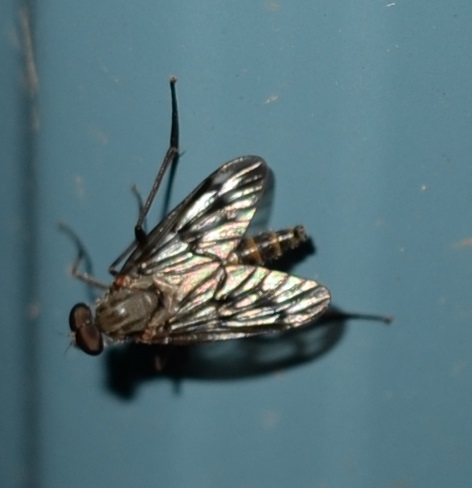

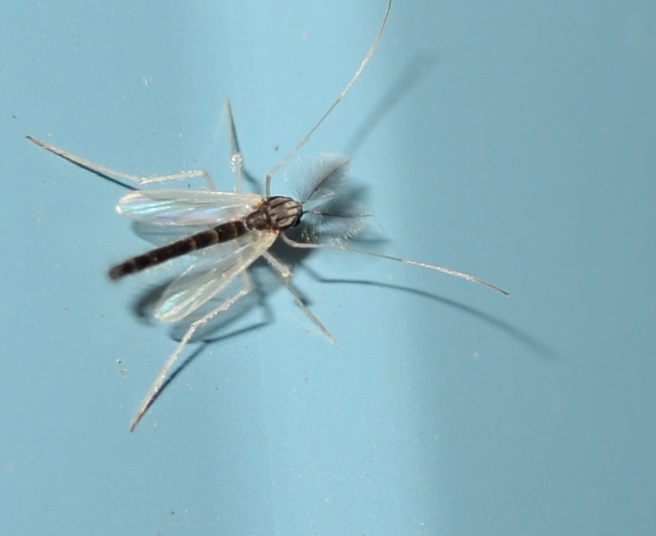
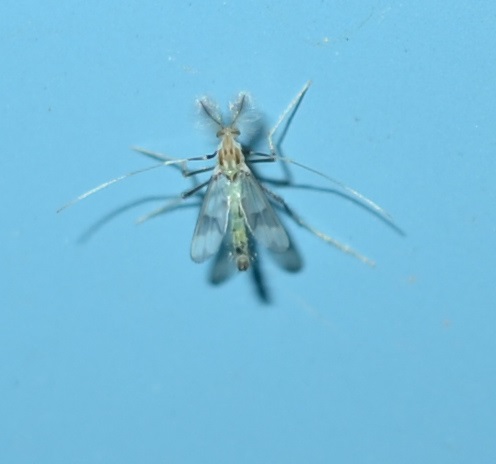
 -- Clogmia 5 19 15.jpg)
A few more flies for your viewing pleasure. This march fly was climbing the wall and acting as if it had fleas. Two new kinds of c rane fly, smaller
than the giant ones, but just as lovely. Yesterday I saw one crane fly dipping her tail into the water laying eggs. Then comes a tiny one, only 3 mm long.
And finally the little orange fly we've seen before.

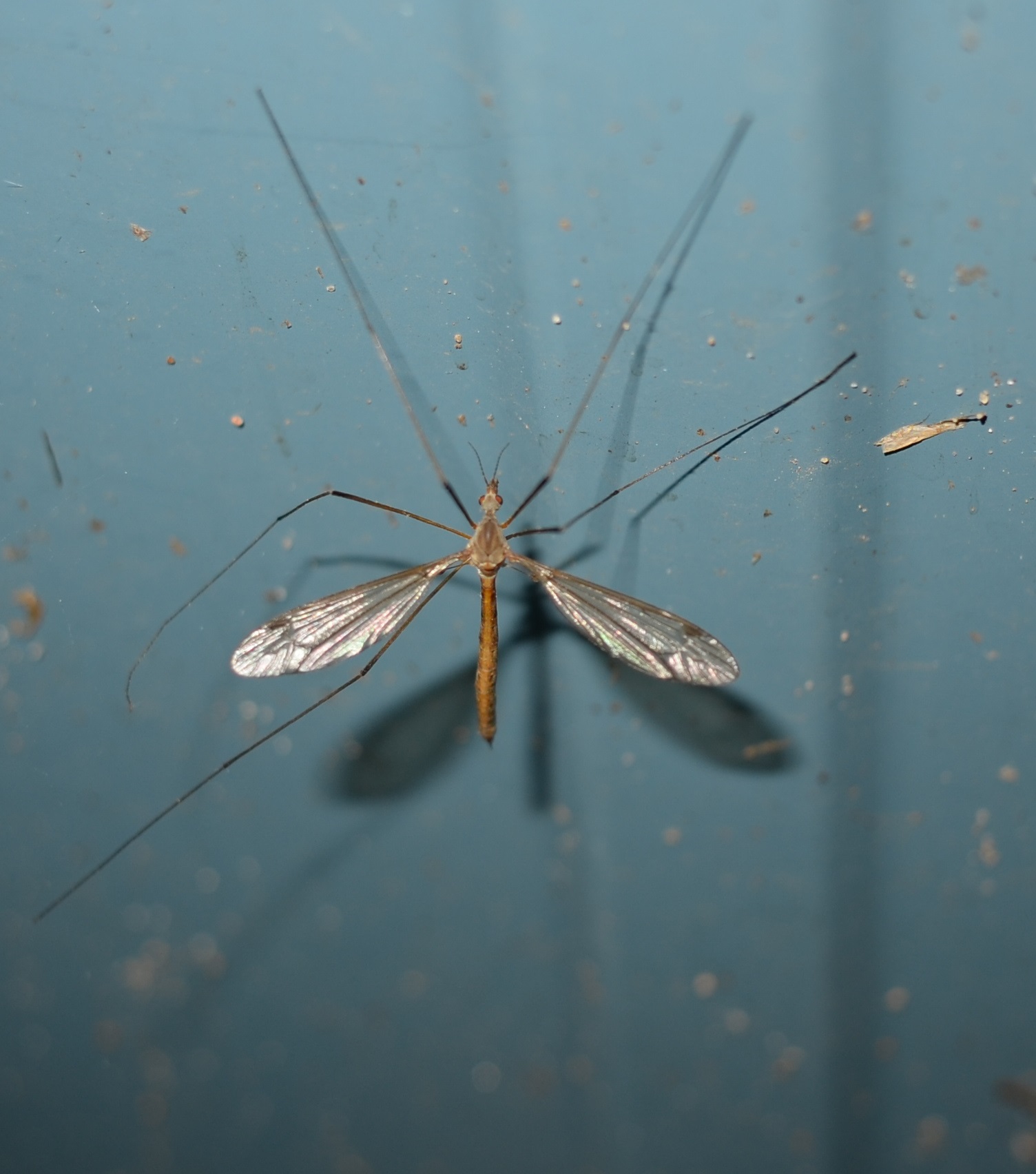
5 19 15.jpg)
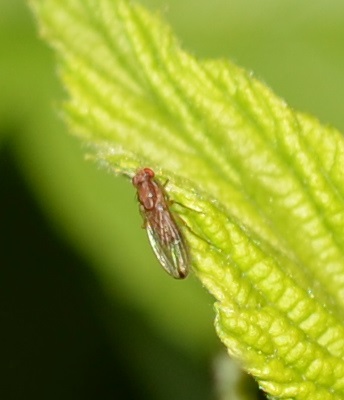
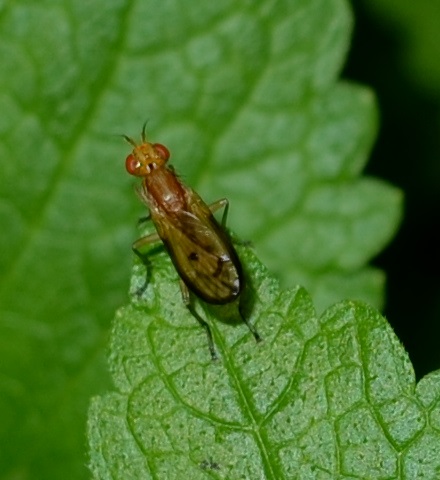
Now for a trip to the beetles. First the beloved ladybird. Then one that appeared for an instant while I was photographing a spider, and disappeared
immediately. And one more that only showed up once. The one-spot soldier has only one spot, as opposed to last week's two-spot soldier. The three-lined
potato beetle is pretty but loves to eat many of the tenderer plants. These ones were on the chinese lantern plant. The last one is the three-lined upside down, where
I placed it onto a maple leaf.
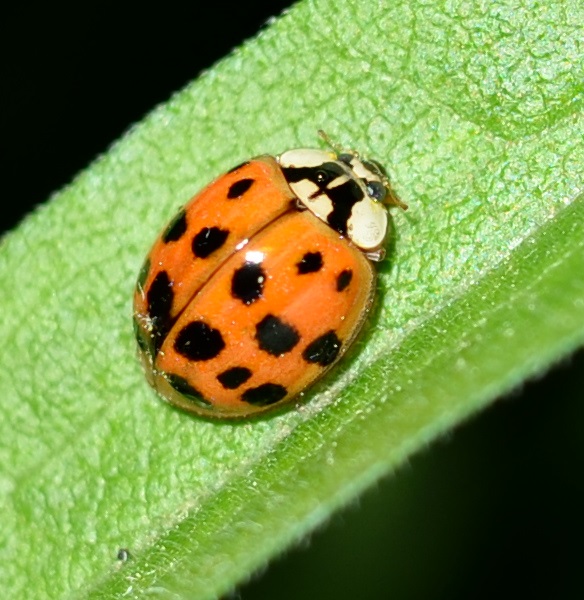
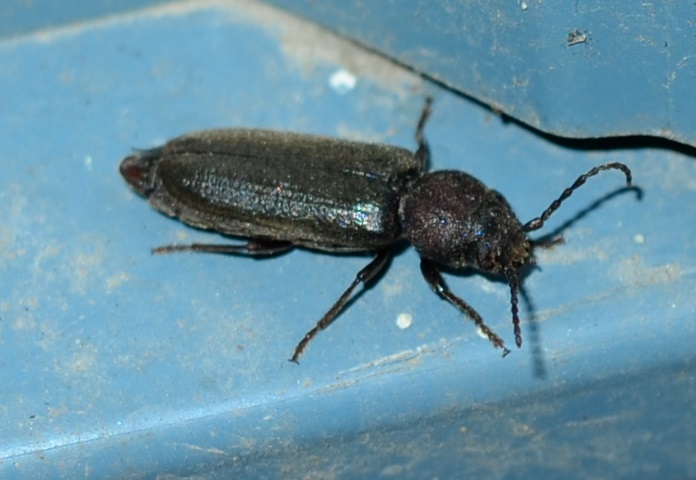
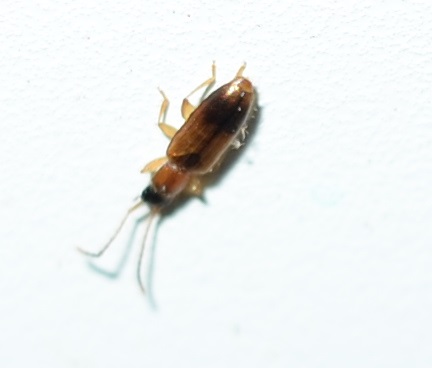
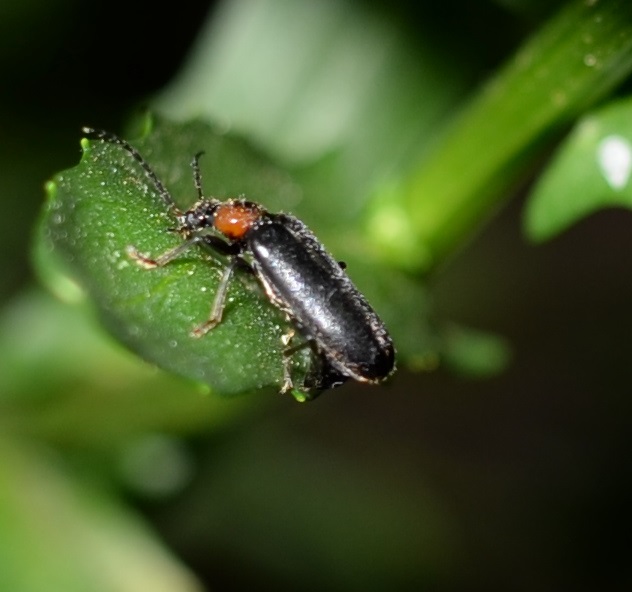
 on chinese lantern plant 5 24 15.jpg)
 from chinese lantern plant 5 24 15 2
.jpg)
A few pretty plants. Some time ago you saw the [true] solomon's seal. This is the false one. In the fall I will have to stake this plant because each
yellow flower will give rise to a bright red berry. The ranunculus is a buttercup - very full of layers and very hardy. This primrose is still blooming.
To think that it took two years to come to a bloom. And finally, in the middle of my trumpet vine there is a robin's nest. The parents fly out in
fright
each time I go out to the garden. Hard to see, huh? I think that was the idea.

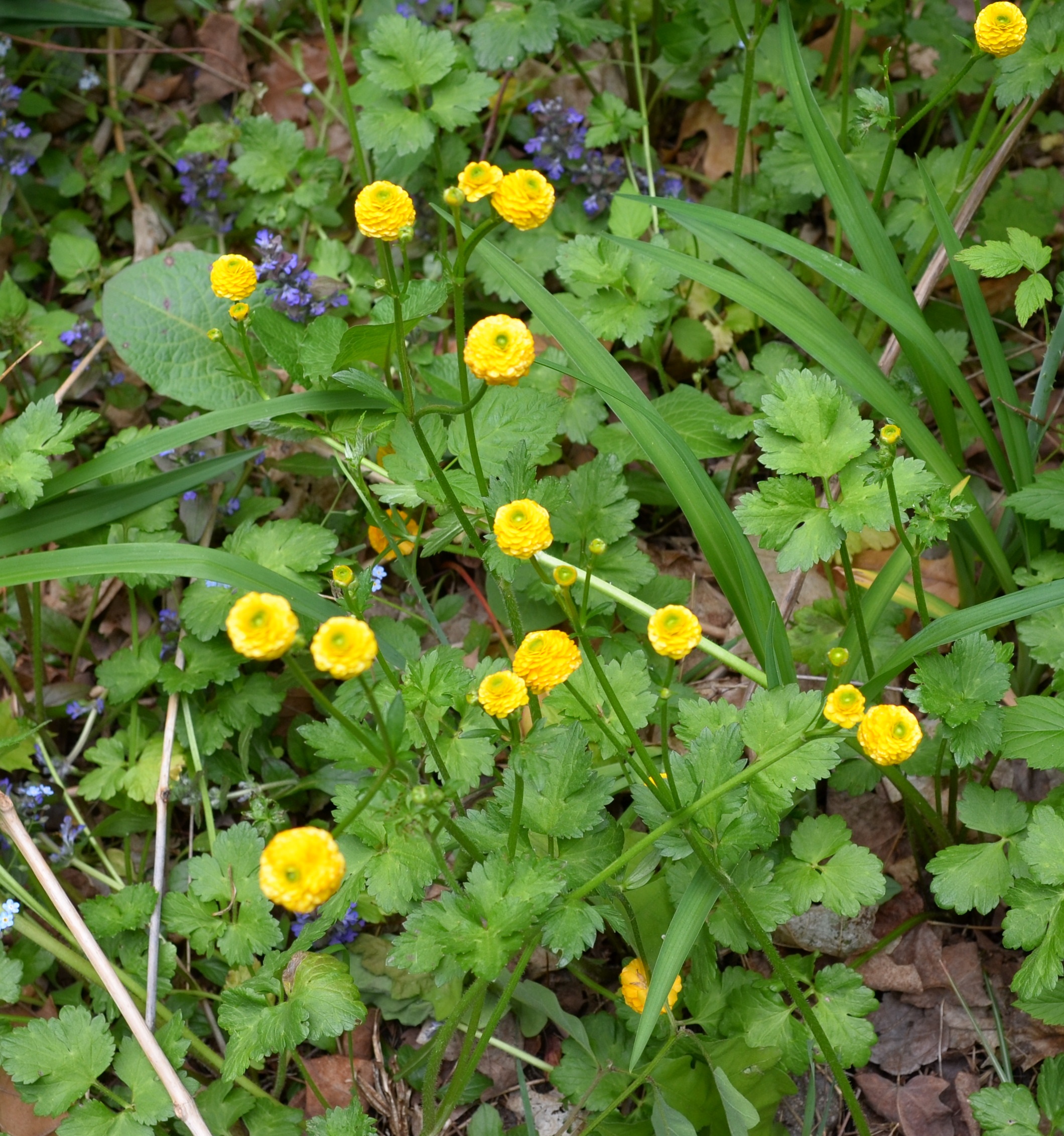
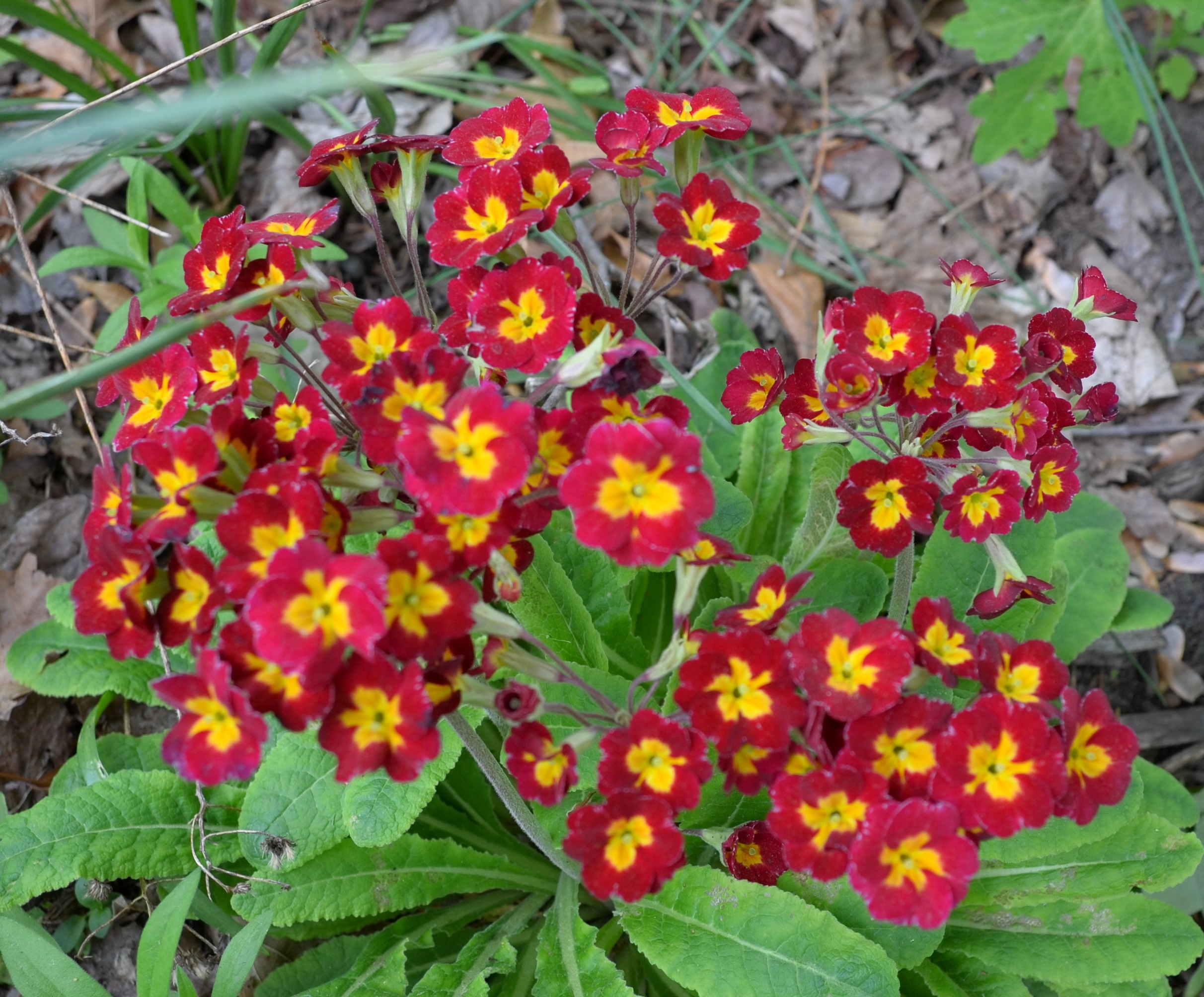

A couple more caterpillars showed up this week. I haven't looked them up yet in my big new caterpillar book OR at bugguide. The last thing on this row
MAY be a moth or it may be a figment. You decide. I'm betting on a critter.
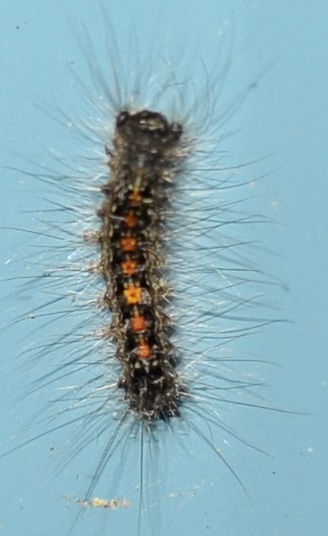
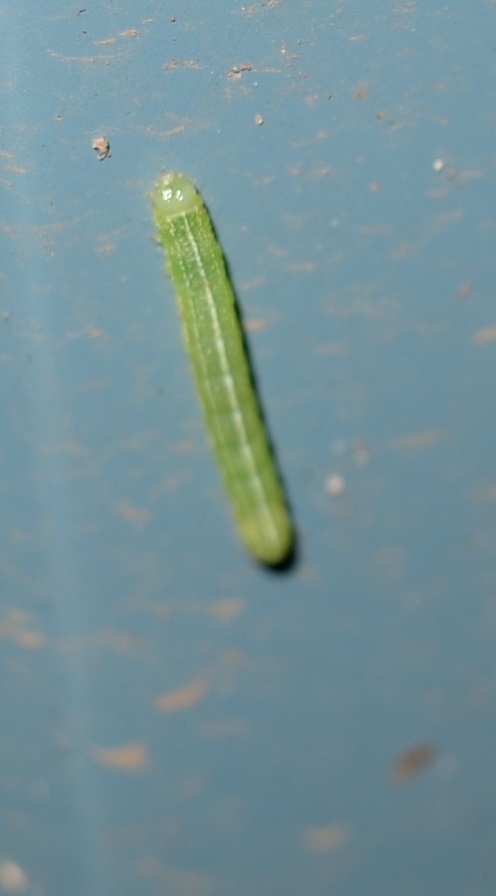
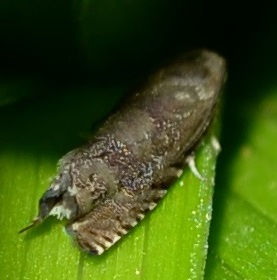
As for the hymenoptera of the week, here are a couple. The ant on the peony is a different ant from last week. If he were a gorilla, he'd be a silverback.
Here are a couple of ichneumons looking at some others and probably wondering what they are doing. The next two are european paper wasps. They look so much like
yellow jackets and also buzz arouud your head to get you to leave, but they are mostly harmless and only want to a) scrape pulp off an old stalk or b)
pollinate these burgeoning raspberry flowers.
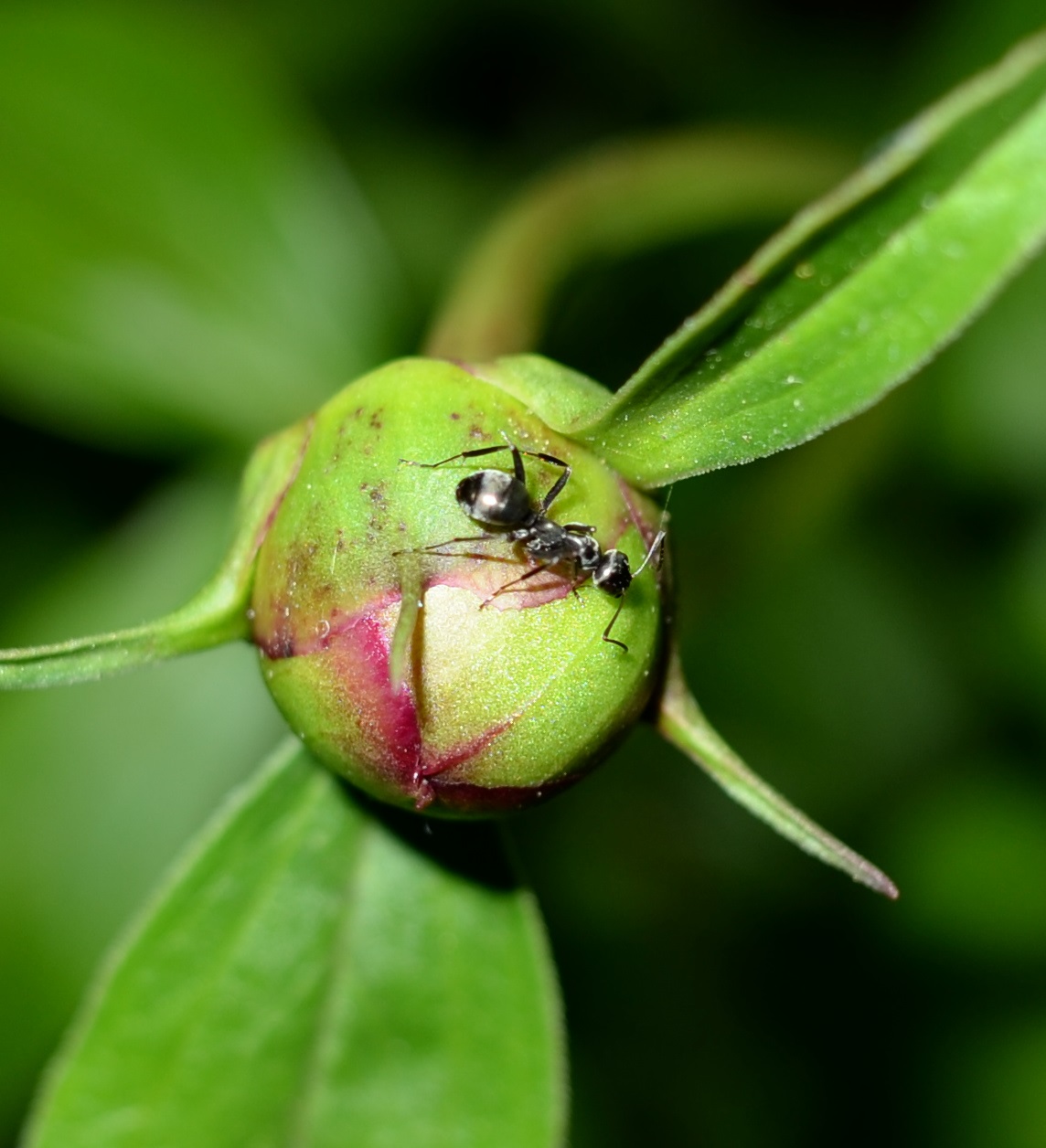
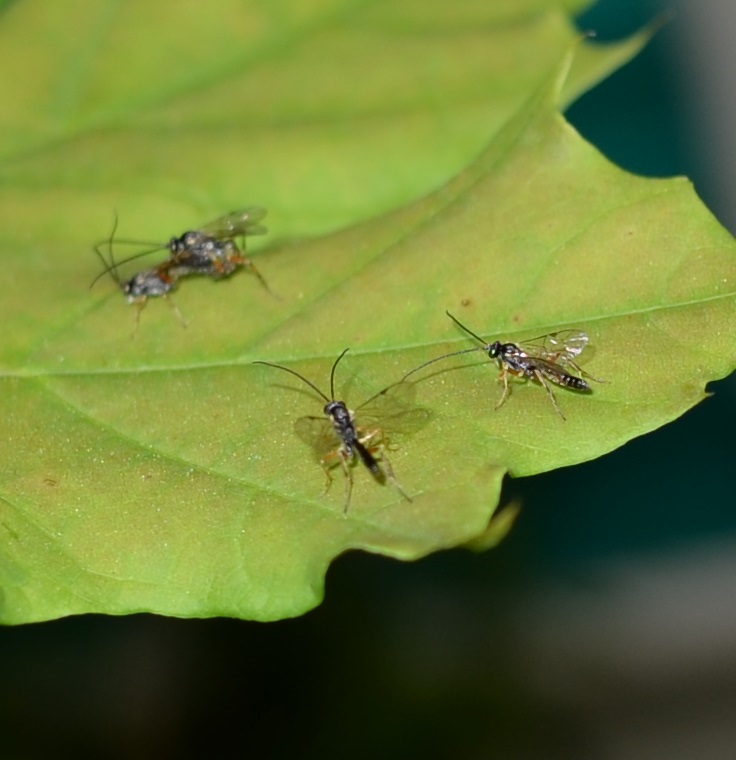
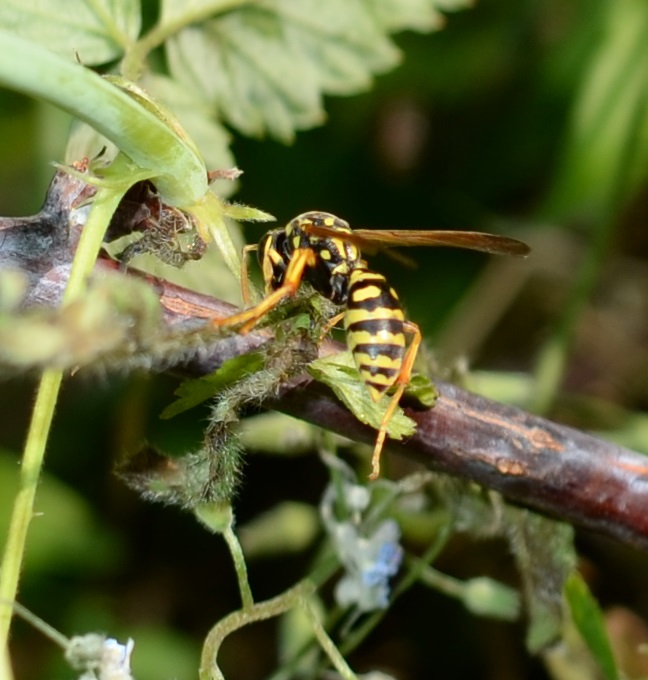
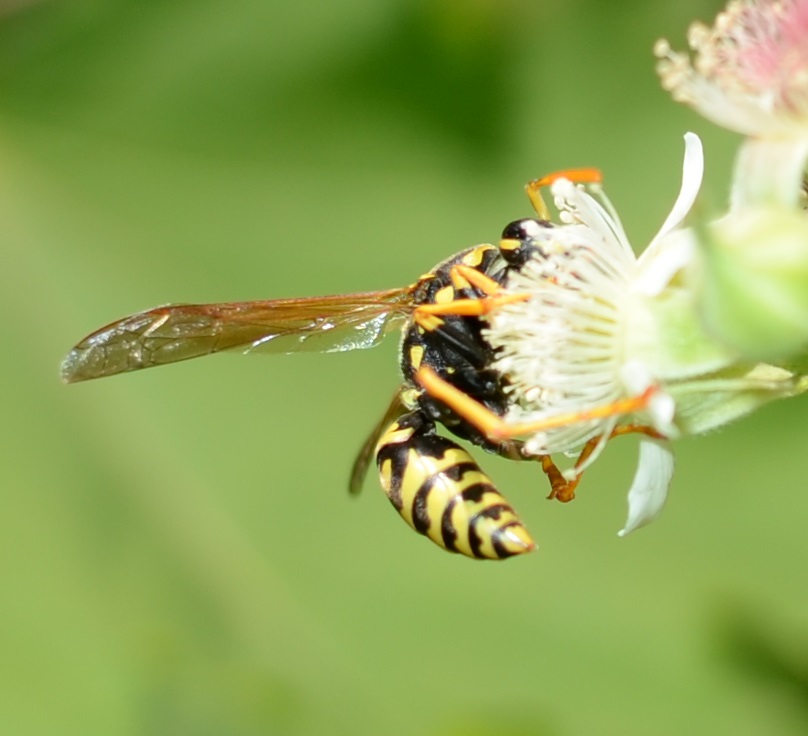
Now for a real treat. This is the first damselfly of the season. Her wings are so gossamer that you can hardly see them.
Last year a few blue damselflies similar to this one were born in the pond.
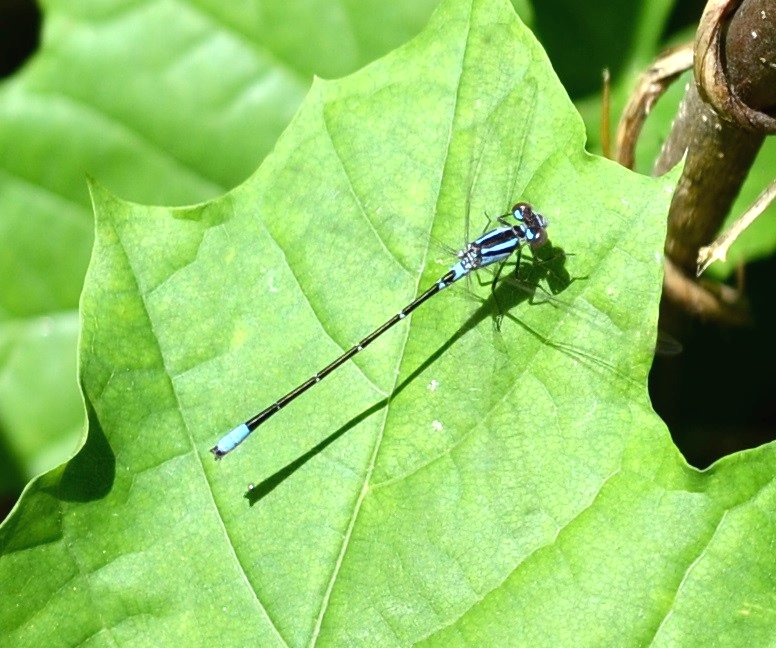
And here's what some of you have been holding your breath for. The SPIDERS! I have never seen so many spiders.
They seem to be reproducing rapidly. They are also holding down the bug population and also the spider population.
This common house spider has trapped a much larger black and orange beetle. The next tiny spider is wrapping up a huge beetle of some sort. Here is a northern crab
spider. And then a bowl and doily spider. These little things are growing so fast1

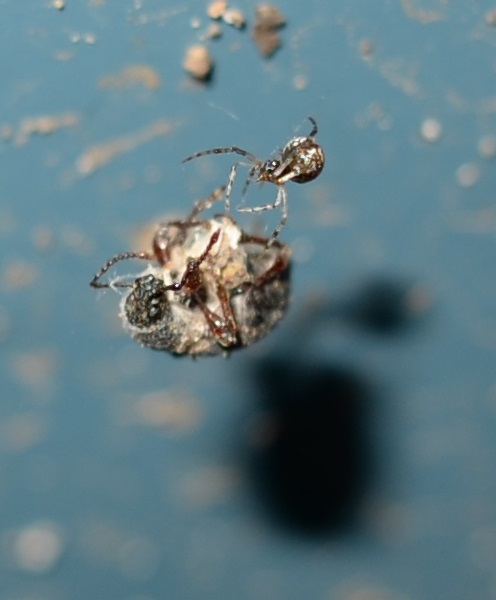
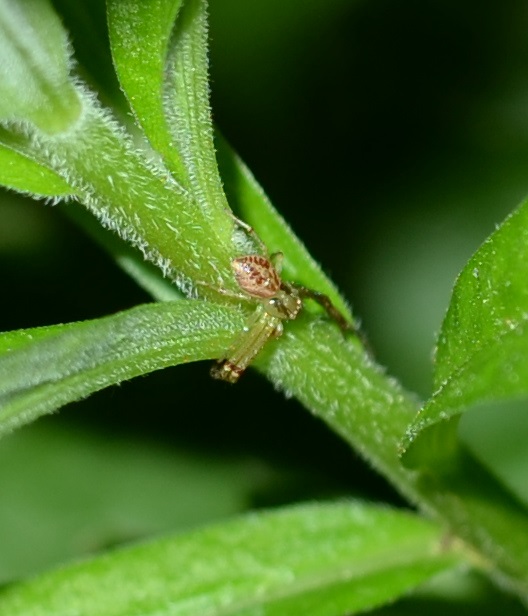
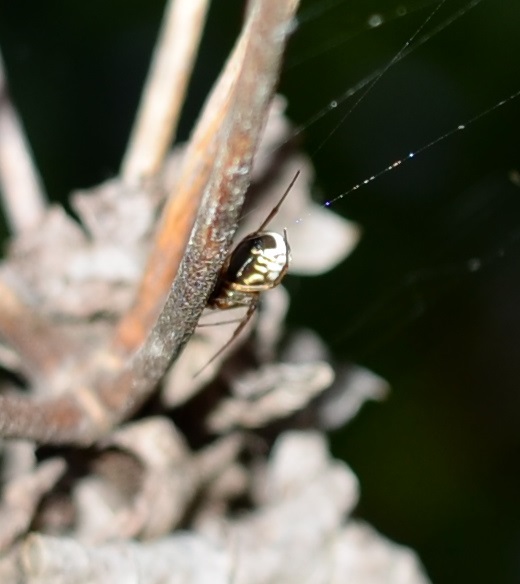
Last but not least, the Pirate spider is busy dissecting another spider. It seems to be a male common house spider (from its red legs). And really last
is a little striped jumping spider. Can you see his big eyes?
 -- Mimetus- with other spider 5 22 15.jpg)
 5 24 15 2.jpg)
That's about it for this week. See you next week or so. Keep well!
Back to May 18
On to May 31
Back to 2015 menu
Back to main menu
 -- Loxocera 5 24 15.jpg)


 -- Loxocera 5 24 15.jpg)




 -- Clogmia 5 19 15.jpg)


5 19 15.jpg)






 on chinese lantern plant 5 24 15.jpg)
















 -- Mimetus- with other spider 5 22 15.jpg)
 5 24 15 2.jpg)